Role Writer Name Stephanie comtesse | Genre Novels Citizenship France Children Lady Edward FitzGerald | |
 | ||
Born 25 January 1746Issy-l\'Eveque, Saone-et-Loire ( 1746-01-25 ) Spouse Charles-Alexis Brulart, Comte de Genlis Books Adelaide and Theodore: Or, Letters on Education, Containing All the Principles Relative to Three Different Plans of Education; to that of Princes and to Those of Young Persons of Both Sexes | ||
Stéphanie Félicité du Crest de Saint-Aubin, Comtesse de Genlis (25 January 1746 – 31 December 1830), known as Madame de Genlis, was a French writer, harpist and educator.
Contents
Life
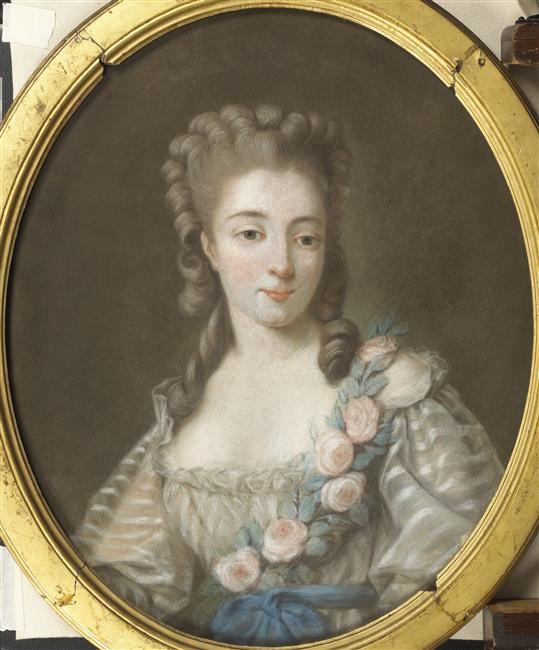
Félicité de Genlis was born at the château of Champcéry in Issy-l'Évêque, Saône-et-Loire, of a noble but impoverished Burgundian family. At six years old she was received as a canoness into the noble chapter of Alix near Lyon, with the title of Madame la Comtesse de Lancy, taken from the town of Bourbon-Lancy. Her entire education was conducted at home.
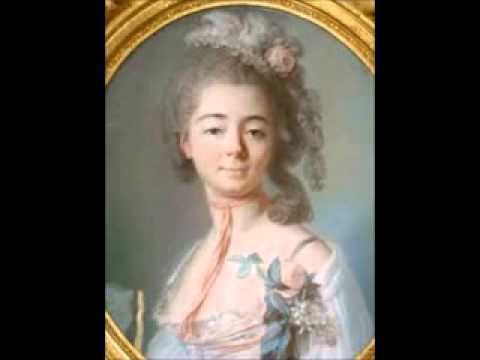
In 1758, in Paris, her skill as a harpist and her vivacious wit speedily attracted admiration. At the age of sixteen she was married to Charles-Alexis Brûlart, Comte de Genlis (afterwards Marquis de Sillery), a colonel of grenadiers, but this was not allowed to interfere with her determination to remedy her incomplete education, and to satisfy a taste for acquiring and imparting knowledge.
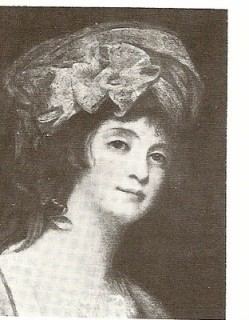
Some years later, through the influence of her aunt, Madame de Montesson, who had been clandestinely married to the duc d'Orléans, Stéphanie-Félicité entered the Palais Royal as a lady-in-waiting to their daughter-in-law Louise Marie Adélaïde de Bourbon, Duchess of Chartres as the wife of their heir Philippe d'Orléans, Duke of Chartres.
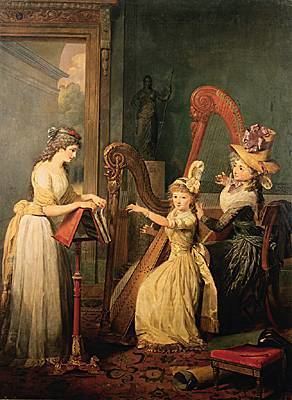
She acted with great energy and zeal as governess to the daughters of the family, and in 1781 was appointed by the duke of Chartres to the responsible office of gouverneur of his sons – a bold step which led to the resignation of all the tutors as well as to much social scandal, though there is no reason to suppose that the intellectual interests of her pupils suffered on that account.
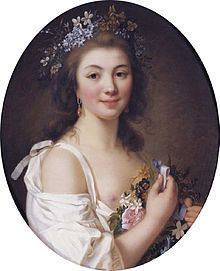
The better to carry out her ingenious theories of education, she wrote several works for their use, the best known of which are the Théâtre d'éducation (4 vols., 1779–1780), a collection of short comedies for young people, Les Annales de la vertu (2 vols., 1781) and Adèle et Théodore (3 vols., 1782). Charles Augustin Sainte-Beuve tells how she anticipated many modern methods of teaching. History was taught with the help of magic lantern slides and her pupils learnt botany from a practical botanist during their walks.
In 1789, Madame de Genlis showed herself favourable to the French Revolution, but the fall of the Girondins in 1793 compelled her to take refuge in Switzerland along with her pupil Mademoiselle d'Orléans. In this year her husband, the marquis de Sillery, from whom she had been separated since 1782, was guillotined. An "adopted" (actually natural) daughter, Stephanie Caroline Anne Syms, called "Pamela", had been married to Lord Edward FitzGerald at Tournai on the preceding 27 December. (Another "adopted" (actually natural) daughter, Hermine Syms alias Compton, married Jacques Collard de Montjouy, and counted the convicted murderer Marie Lafarge among her grandchildren.) In 1794 Madame de Genlis fixed her residence at Berlin, but, having been expelled by the orders of Frederick William II of Prussia, she afterwards settled in Hamburg, where she supported herself for some years by writing and painting. After the revolution of 18th Brumaire (1799) she was permitted to return to France, and was received with favour by Napoleon, who gave her apartments at the arsenal, and afterwards assigned her a pension of 6,000 francs.
During this period she wrote largely, and produced, in addition to some historical novels, her best romance: Mademoiselle de Clermont (1802). Madame de Genlis had lost her influence over her old pupil Louis Philippe, who visited her but seldom, although he allowed her a small pension. Her government pension was discontinued by Louis XVIII, and she supported herself largely by her pen.
Her later years were occupied largely with literary quarrels, notably with that which arose out of the publication of the Diners du Baron d'Holbach (1822), a volume in which she set forth with a good deal of sarcastic cleverness the intolerance, fanaticism, and eccentricities of the philosophes of the 18th century. She survived until 31 December 1830, and saw her former pupil, Louis Philippe, seated on the throne of France.
The numerous works of Madame de Genlis (which considerably exceed eighty), comprising prose and poetical compositions on a vast variety of subjects and of various degrees of merit, owed much of their success to advantageous causes which have long ceased to operate. They are useful, however (especially the voluminous Mémoires inédits sur le XVIII' siècle, 10 vols., 1825), as furnishing material for history.
Britain
Madame de Genlis was and is best known for her children's works. In Britain, many readers who were sceptical of French philosophy in general, welcomed her books because they presented many of Rousseau's methods while at the same time attacking his principles. Moreover, they were relieved that her books did not promote the two concepts most associated with the French in the British mind: libertinism and Roman Catholicism. British audiences were also delighted with her innovative educational methods, particularly her morality plays. According to Magdi Wahba, a third important reason for Madame de Genlis' popularity in Britain was a "misapprehension" regarding her character. British readers believed that she was as moral as the Baronne d'Almane in Adèle et Théodore, when in fact she was as fatally flawed as any other human. The British public discovered that Madame de Genlis was not a moral paragon when she fled there to escape the French Revolution in 1791. While she lost the esteem of some of her friends, such as Frances Burney, the sales of her books never slowed down.
She was for example a familiar figure to Jane Austen, her family, her circle, and her readership. In Emma, the heroine considered that her governess would raise her own daughter the better for having practised upon her, "like La Baronne d'Almane on La Countesse d'Ostalis in Madame de Genlis' Adelaide and Theodore". A few years earlier she had been reading aloud from de Genlis' 'Alphonsine', but found that it "did not do. We were disgusted in twenty pages, as, independent of a bad translation, it has indelicacies which disgrace a pen hitherto so pure". Austen continued to read (and lend out) her works however, complaining in 1816 for example that she couldn't "read Olimpe et Theophile without being in a rage. It is really too bad! – Not allowing them to be happy together when they are married." Austen's nieces Anna and Caroline also drew inspiration for their own writings from Madame de Genlis.
In literature
Félicité de Genlis appears as a character in the works of Honoré de Balzac (Illusions perdues) and Victor Hugo (Les Misérables), among others. She is also mentioned in War and Peace by Leo Tolstoy, Our Village by Mary Russell Mitford, Oblomov by Ivan Goncharov, The Angel in the House by Coventry Patmore, The Rector of Justin by Louis Auchincloss, and by Sartre in Nausea.
